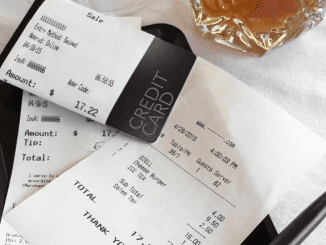Training your dog to stop peeing inside can be tough, but with the right techniques and a lot of patience, it’s definitely achievable. If you’re tired of cleaning up messes and want to create a harmonious environment for you and your furry friend, these ten tips will help you tackle the problem effectively.
Why Do Dogs Pee Indoors?
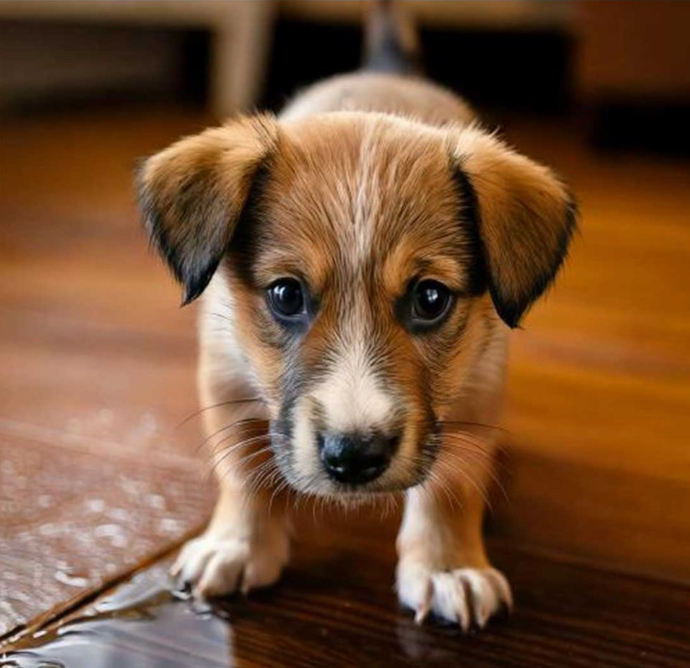
Understanding why your dog might be peeing inside is the first step to solving the problem. Dogs can urinate indoors for a variety of reasons, ranging from lack of training and anxiety to marking territory or even medical conditions. Puppies may simply be learning, while older dogs might have health issues like incontinence. Pinpointing the root cause is vital to addressing the behavior correctly.
1. Establish a Consistent Routine
Dogs thrive on routine. Just like humans, they need a set schedule to understand when it’s time to eat, play, and use the bathroom. Creating a regular timetable for feeding, walks, and bathroom breaks will help your dog learn when to go. Take them out at the same times daily—first thing in the morning, after meals, and before bedtime. Consistency makes it easier for your dog to adjust to the rules.
2. Designate a Bathroom Area Outdoors
Choose a specific spot in your yard as the designated “bathroom area.” By taking your dog to this spot every time they need to go, you’ll create a sense of familiarity. The lingering scent from previous trips acts as a cue, signaling to your dog that it’s the right place to relieve themselves. This approach reinforces the habit and reduces the chances of accidents inside.
3. Use Positive Reinforcement
Rewarding your dog immediately after they successfully pee outside is key to encouraging good behavior. Use treats, verbal praise, or playtime as a reward. Dogs respond well to positive reinforcement, and it helps build an association between going outside and receiving a reward. Remember, the quicker the reward after the act, the stronger the connection.
4. Monitor Water Intake
Keeping an eye on your dog’s water consumption can help you anticipate bathroom needs. While it’s important not to limit water access—especially in warmer weather or after exercise—knowing when your dog drinks can give you a better sense of when they’ll need to go out. Be prepared to take them out within 10-15 minutes after they drink, reducing the chances of indoor accidents.
5. Address Anxiety and Behavioral Issues
Anxiety and behavioral problems can cause dogs to pee inside. Changes in routine, new people in the house, or separation anxiety can all contribute to this behavior. If your dog seems stressed or anxious, try to identify the triggers and address them. In some cases, working with a professional dog trainer or behaviorist can be helpful to resolve deep-seated issues and create a calmer environment.
6. Clean Accidents Thoroughly
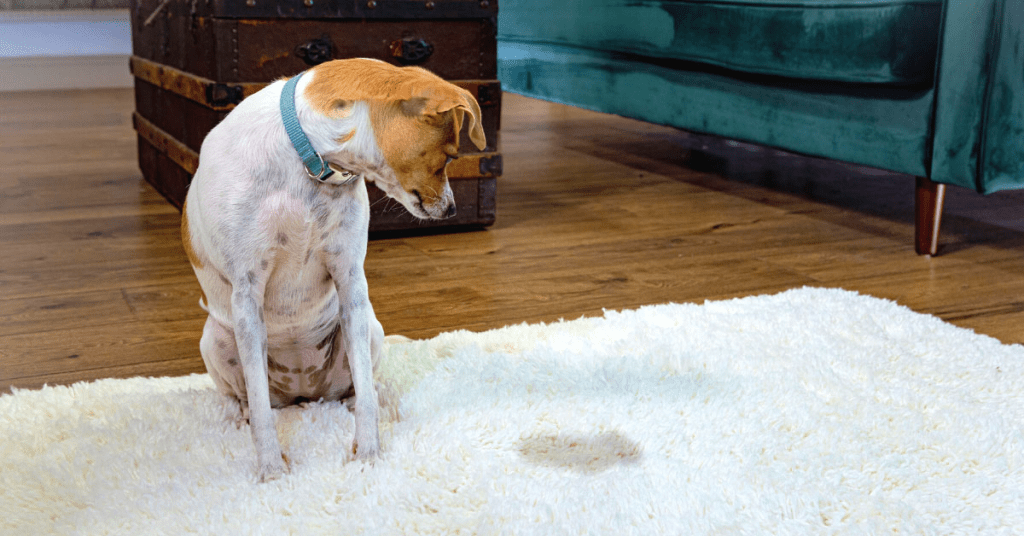
Dogs are attracted to places where they’ve previously urinated due to the lingering scent. Use an enzymatic cleaner to eliminate odors from carpets and floors, as regular cleaners might not remove the scent completely. By thoroughly cleaning any spots where your dog has peed, you discourage them from repeating the behavior in the same area.
7. Implement Crate Training
Crate training can be a valuable tool for managing your dog’s bathroom habits. Dogs usually don’t like to soil their sleeping area, so a properly sized crate can help teach them to hold their bladder until they are let outside. Be sure not to use the crate as a punishment, as it should be a safe and comfortable space for your dog. Gradually increase the time your dog spends in the crate to build bladder control.
8. Introduce Bathroom Cues
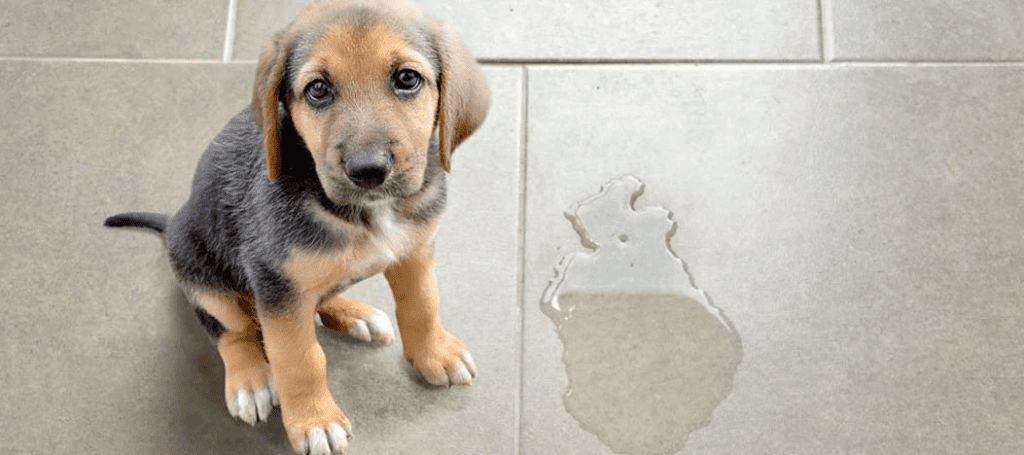
Using verbal cues like “go potty” can help your dog understand what’s expected when you take them outside. Consistent use of a command helps your dog associate the words with the action, making it easier to communicate your expectations. Start by using the cue every time you bring your dog to the bathroom area, rewarding them when they respond correctly.
9. Observe for Medical Concerns
If you notice persistent indoor urination despite your best training efforts, it might be time to consult a veterinarian. Health conditions like urinary tract infections, bladder stones, diabetes, or even cognitive dysfunction in older dogs can cause accidents. A vet can help identify and treat any underlying medical problems, allowing your dog to regain control.
10. Stay Patient and Consistent
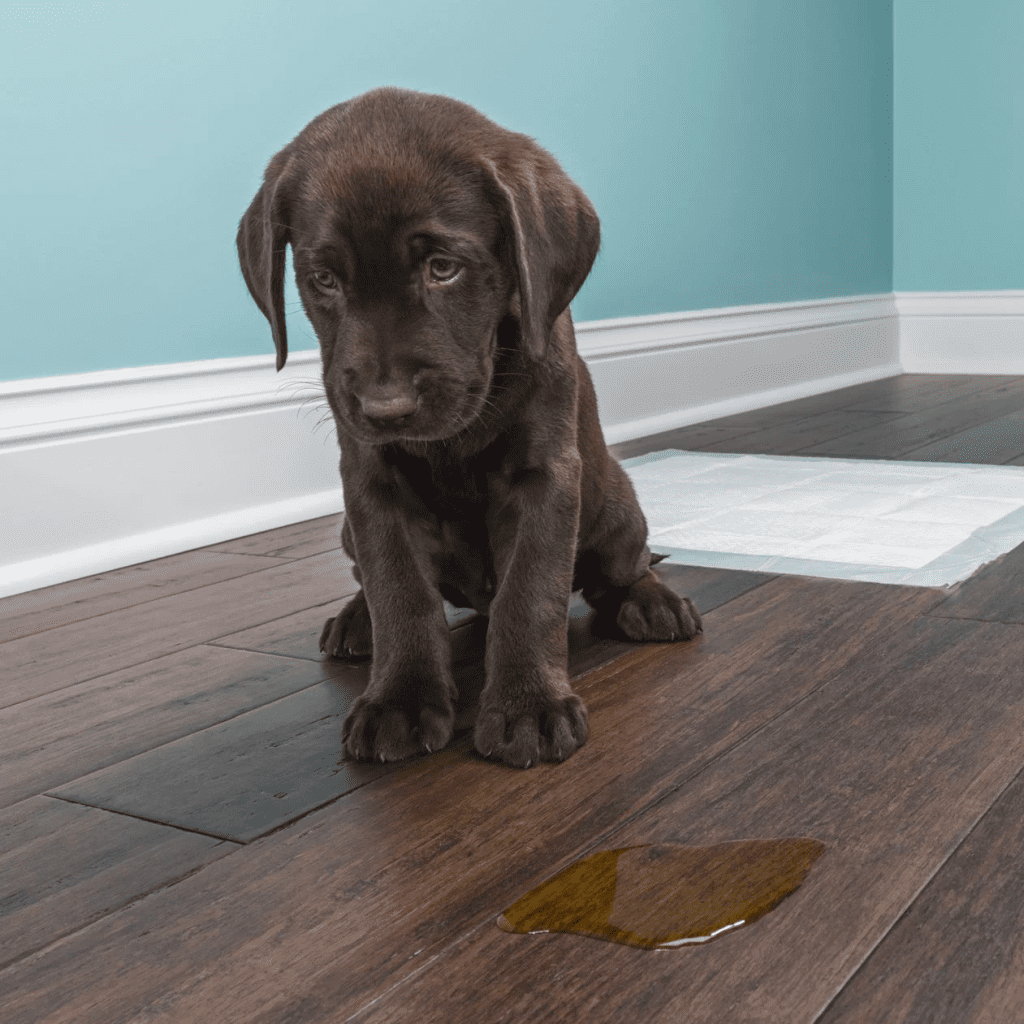
House training is a process that requires patience and consistency. Dogs, like people, learn at different paces, and occasional setbacks are normal. It’s important to remain calm, avoid punishment, and continue positive reinforcement. Training a dog to stop peeing indoors can be frustrating, but with a dedicated approach, you’ll be able to establish good habits over time.
Conclusion: Consistency is Key
Training your dog to stop peeing inside the house requires persistence, patience, and a compassionate attitude. Every dog is different, and some may take longer to learn than others. However, with a consistent routine, positive reinforcement, and a bit of detective work to identify underlying issues, you can create a cleaner, happier home environment for both you and your furry friend. Remember, your dog wants to please you—they just need a little guidance along the way.

